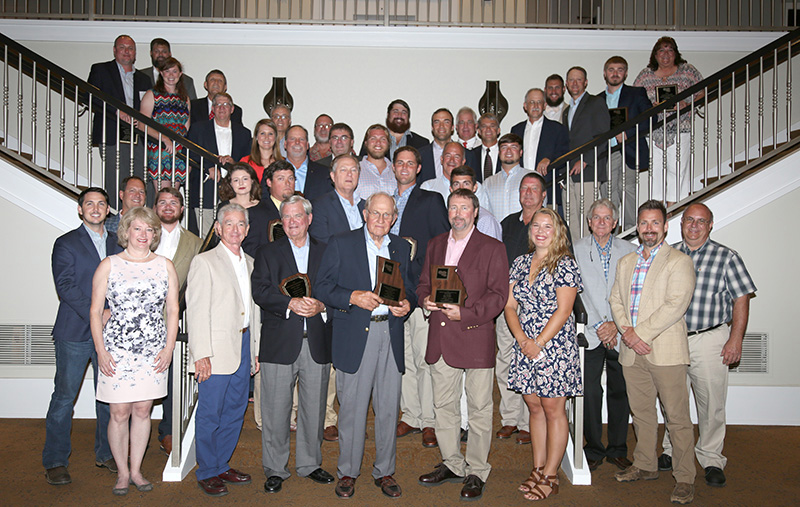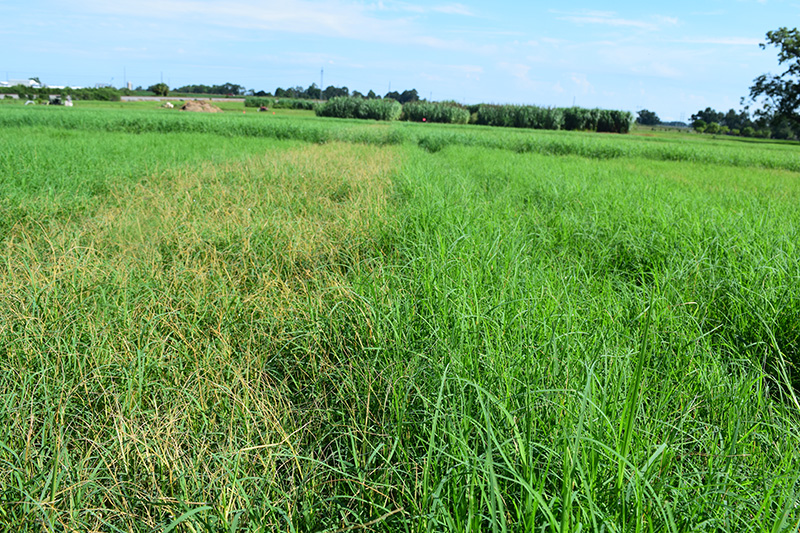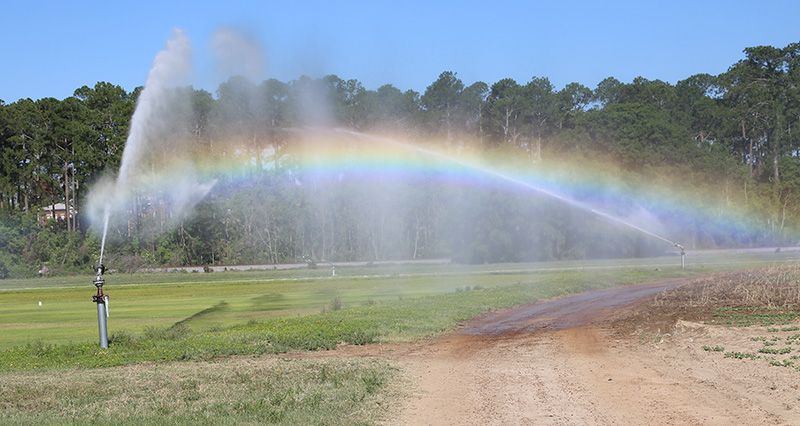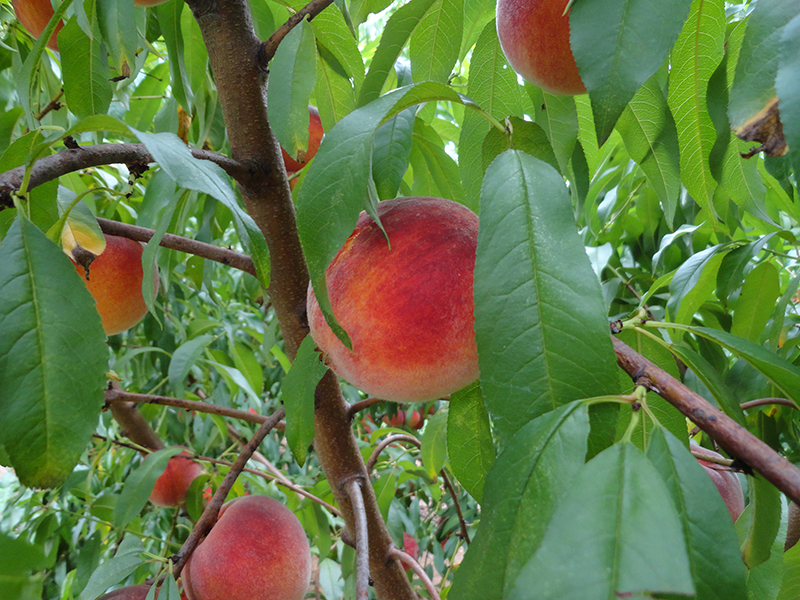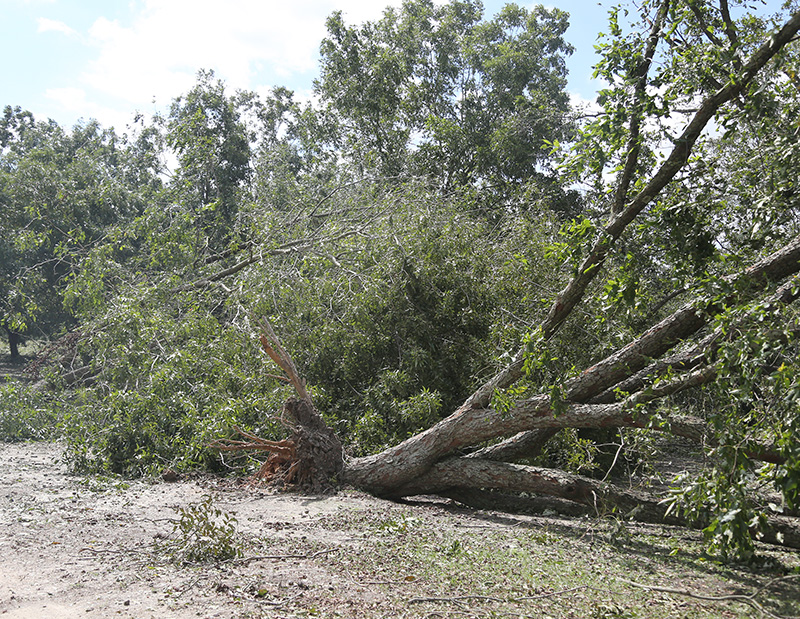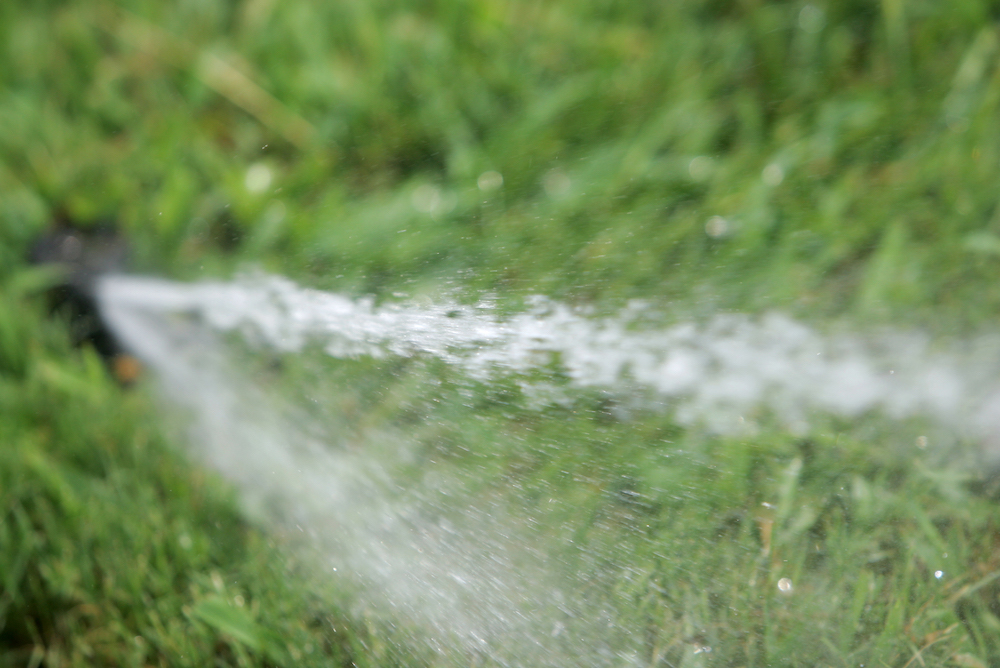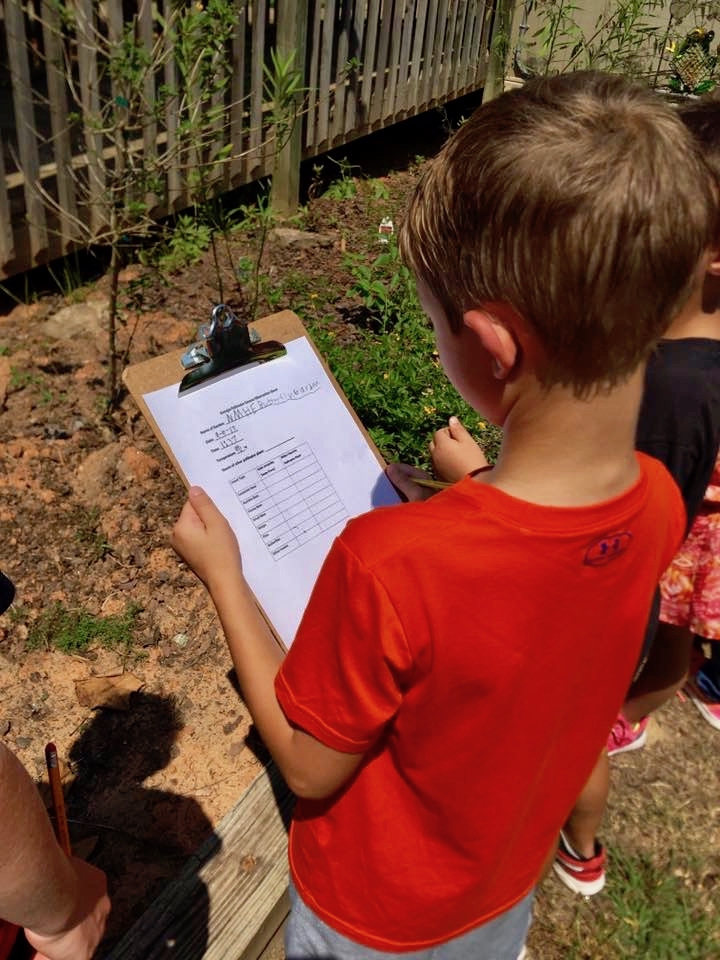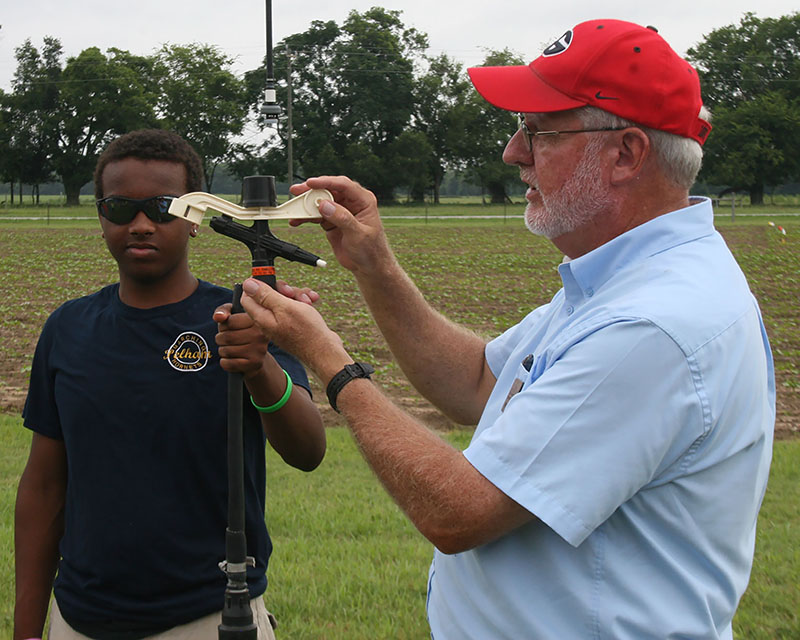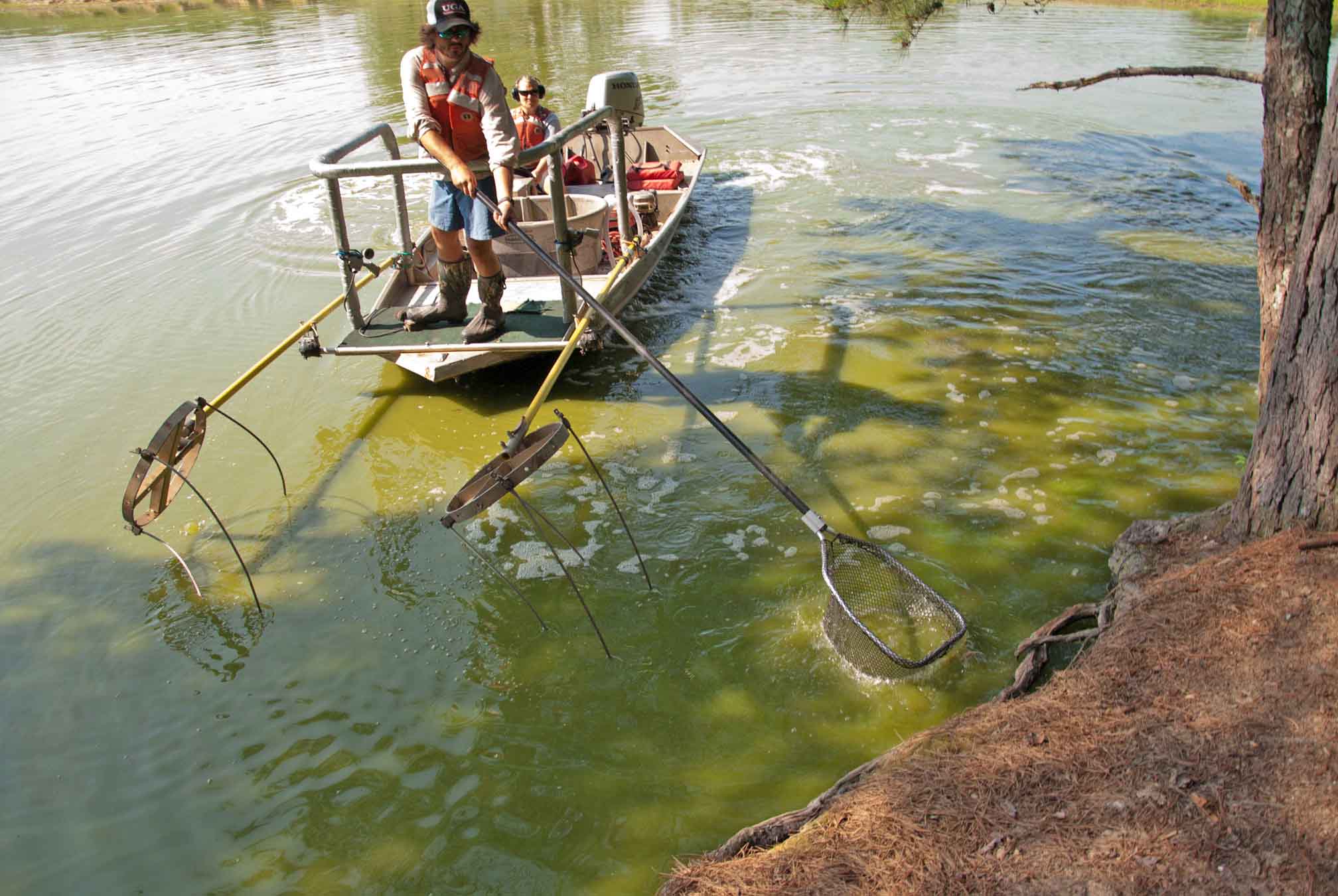 CAES News
CAES News
Toxic Algae
The sudden and unexpected death of a Marietta, Georgia, couple’s beloved dog after swimming with its owners in Lake Allatoona has filled social media feeds since the incident on Aug. 10. The incident brings to light the dangers of toxic algae growth. In neighboring North Carolina, another couple lost three dogs in one day after an afternoon swim in a pond.

